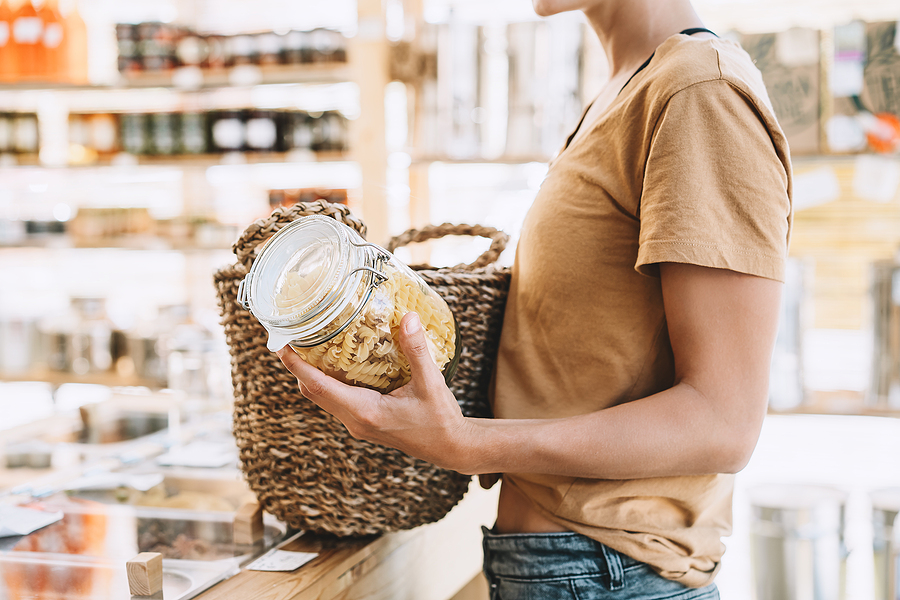The food and beverage industry has a plastic problem. According to new research from PreScouter, 35% of plastic waste stems from the industry.
While one solution is to make it easier for consumers to recycle, PreScouter’s report explores why reusable packaging could be a more promising solution.
Why choose to reuse?
Even when plastic packaging is fully recyclable, consumers are more likely to throw it away. Only 14% of plastic packaging makes it into recycling collections, and PreScouter estimates that 95% of packaging material value is lost to the economy because of this rapid disposable. On the other hand, packaging that can be reused several times would result in cost savings.
And consumers have made it clear that they prefer sustainable packaging. More than half have specifically noted that they’d like to see more reusable materials.
Overcoming challenges
Reusable packaging, however, has a few downsides that make it difficult for brands to get on board. Materials must be more durable than plastic, and thus they’re more expensive.
To make reusable packaging a cost-effective alternative, it would have to be strong enough to withstand five to 10 uses, depending on the comparable material. This should no longer be a problem, as companies are currently producing packaging that can last for up to 20 uses.
But there’s also a high cost associated with reverse logistics — or the process of collecting, cleaning, and reusing the materials. Fortunately, initiatives are underway to support brands in this effort, too, including Terracycle’s Loop platform. Loop has already partnered with big-name brands like Nestle, PepsiCo, and Unilever to create a circular economy with durable, reusable packaging. Customers simply return their used packaging to Loop for cleaning and refilling.
Given that packaging is becoming increasingly important to consumers, and many are willing to pay more for sustainable options, brands that make the switch to reusable materials are likely to find it a practical and profitable decision.
